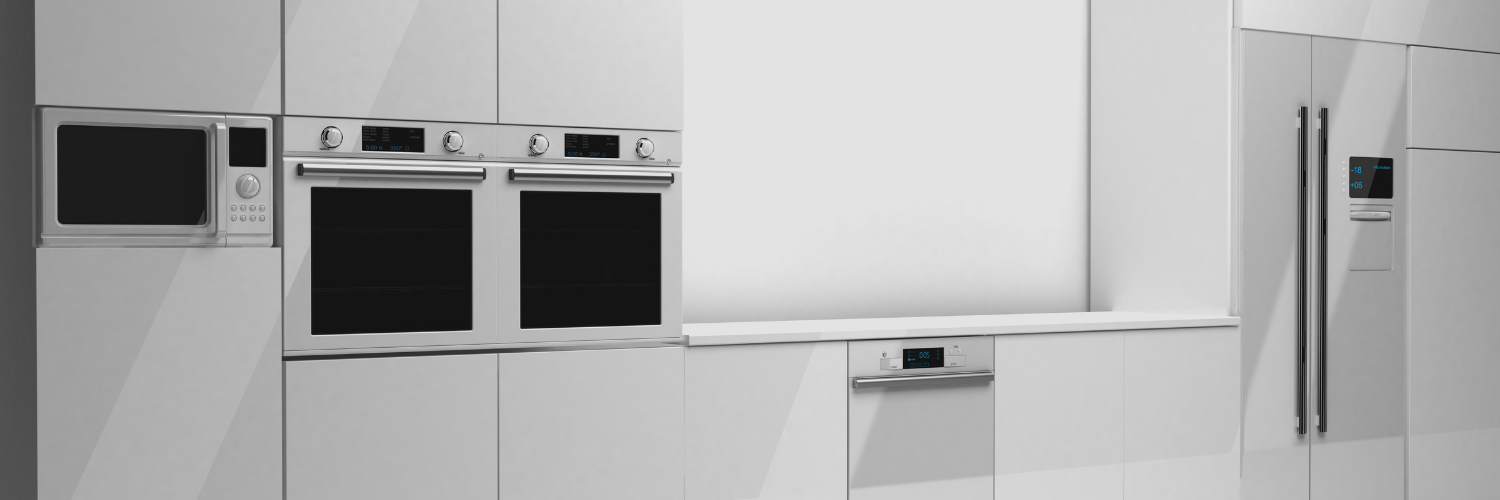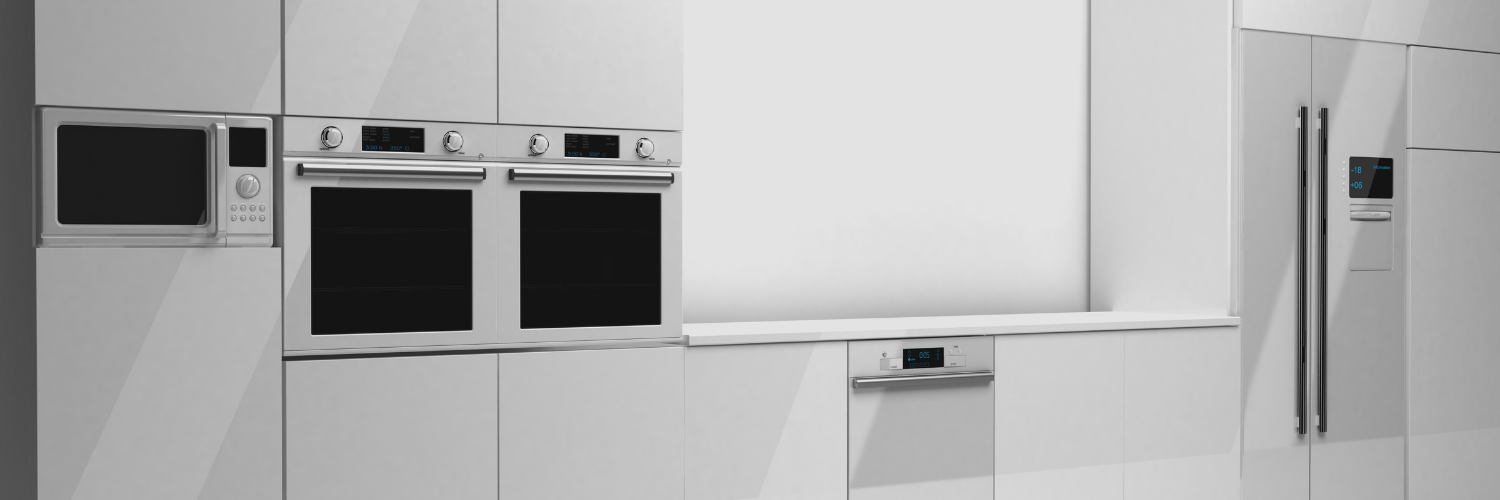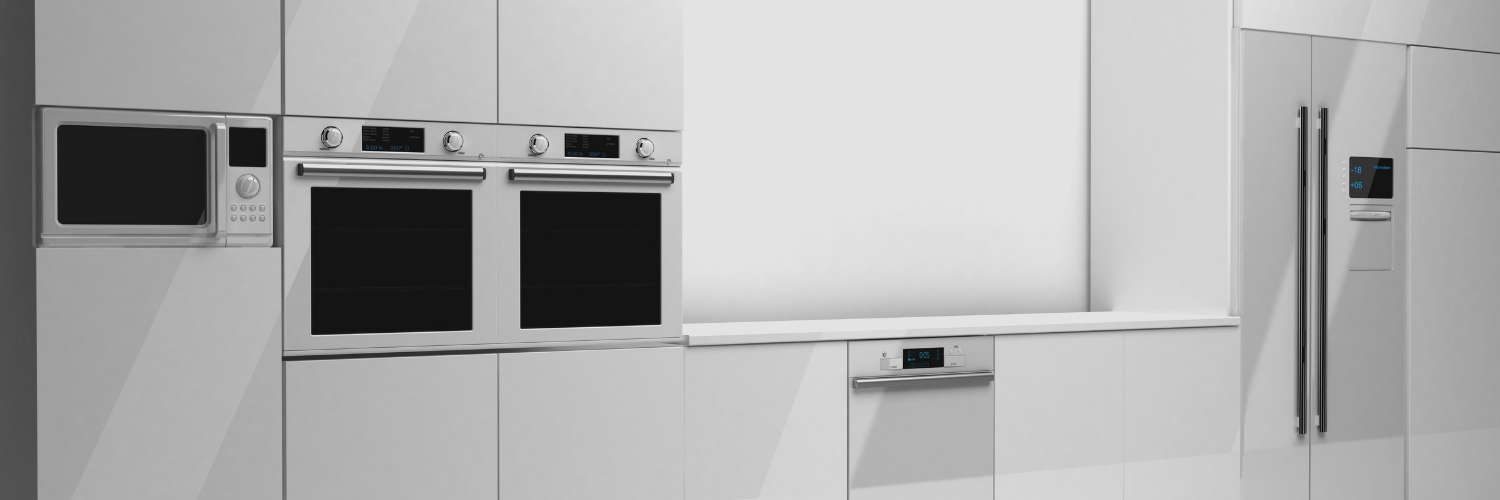
What Do Dryer Sheets Do
Dryer sheets are a common household product used in laundry routines to enhance the freshness and softness of clothes. These small, disposable sheets offer several benefits and are an essential item for many people’s laundry needs. This article explores what dryer sheets do, their benefits, potential drawbacks, and how to use them effectively.
Introduction to Dryer Sheets
Dryer sheets are designed to be placed in the dryer with your wet laundry. They come in various scents and are coated with a fabric softening agent and other chemicals that help reduce static, add fragrance, and soften fabrics.
Key Functions of Dryer Sheets
1. Reducing Static Cling
One of the primary functions of dryer sheets is to reduce static electricity in clothes. When clothes tumble in the dryer, they can build up static electricity, which causes them to stick together or cling to your body. Dryer sheets contain surfactants that help neutralize these electrical charges, preventing static cling.
2. Softening Fabrics
Dryer sheets are infused with softening agents that help make clothes feel softer. These agents coat the fibers of the fabric, making them feel smoother and more comfortable against the skin.
3. Adding Fragrance
Most dryer sheets come with a pleasant fragrance that infuses your laundry with a fresh scent. This fragrance can linger on clothes, giving them a clean, aromatic smell that many people find appealing.
4. Reducing Wrinkles
The softening agents in dryer sheets also help to reduce wrinkles by relaxing the fabric fibers. This can make ironing easier and reduce the need for additional wrinkle-reducing products.
Benefits of Using Dryer Sheets
- Convenience: Dryer sheets are easy to use and do not require any additional steps or products.
- Cost-Effective: They are relatively inexpensive and provide multiple benefits in a single product.
- Improved Freshness: Adds a pleasant fragrance to clothes, enhancing the overall freshness of your laundry.
Potential Drawbacks
While dryer sheets offer several advantages, there are also some potential drawbacks to consider:
- Chemical Additives: Some dryer sheets contain chemicals that can irritate sensitive skin or allergies.
- Not Eco-Friendly: Dryer sheets are typically single-use and non-biodegradable, which can be a concern for environmentally conscious individuals.
- Reduced Effectiveness Over Time: The effectiveness of dryer sheets can diminish over time, especially if used in high heat or for multiple loads.
How to Use Dryer Sheets
1. Read the Instructions
Always follow the manufacturer’s instructions on the packaging for the best results.
2. Add to the Dryer
Place a dryer sheet on top of your wet laundry in the dryer drum. For larger loads, you might need to use two sheets.
3. Dispose Properly
After the cycle is complete, remove the used dryer sheet from the drum and dispose of it. Most dryer sheets are designed for single use.
Alternatives to Dryer Sheets
If you prefer to avoid dryer sheets or are looking for eco-friendly options, consider these alternatives:
- Wool Dryer Balls: These can reduce static and soften fabrics without the use of chemicals.
- Vinegar: Adding half a cup of white vinegar to the rinse cycle can help reduce static and soften fabrics.
- Reusable Dryer Sheets: Some brands offer reusable options made from fabric or silicone.
Conclusion
Dryer sheets are a popular and convenient choice for enhancing laundry freshness and softness. They effectively reduce static cling, add fragrance, and help to soften fabrics. However, it’s important to consider potential drawbacks, such as chemical additives and environmental impact. By understanding how dryer sheets work and exploring alternative options, you can make informed decisions about their use in your laundry routine.
You might also like
Book A Service Today!
We will get back to you as soon as possible.
Please try again later.
Give us a call today!
Book your appliance repair today!
Edmonton's leading professional appliance repair company.
*Legal disclaimer: this is a referral based website. All work is completed by a professional.
Success Leads Digital Marketing Inc.
Phone Hours
- Mon - Fri
- -
- Sat - Sun
- -


